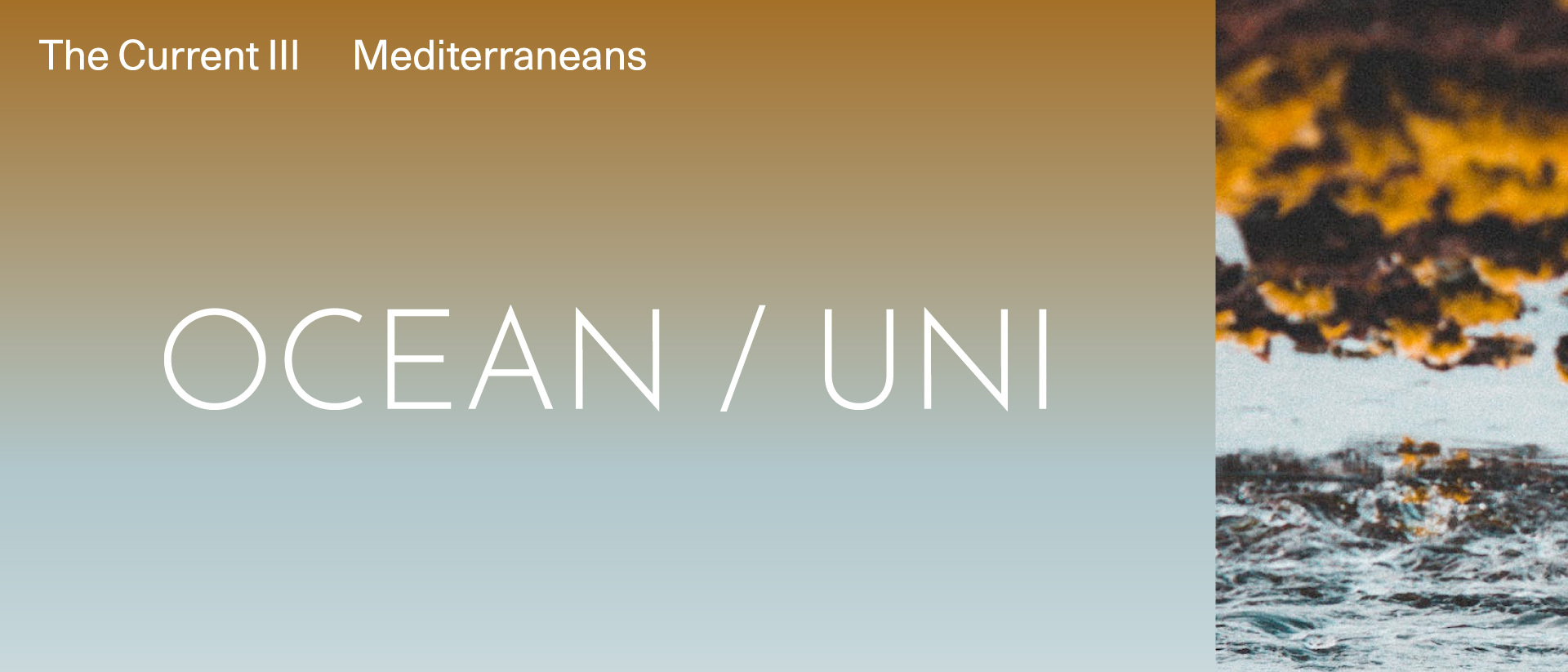A Community Predicated on the Basic Fact Nothing Really Matters, 2013
Cerith Wyn Evans

Installation view: Cerith Wyn Evans – The What If?... Scenario (after LG), Thyssen-Bornemisza Art Contemporary, Vienna, Austria, 2013
Photo: Jens Ziehe | TBA21
Photo: Jens Ziehe | TBA21
Commissions
Collection
Neon
318 x 362 x 365 cm
Commissioned by TBA21 Thyssen-Bornemisza Art Contemporary for Cerith Wyn Evans’s solo exhibition “The What If? . . . Scenario (after LG)” at TBA21–Augarten, Vienna, July 5–November 3, 2013, curated by Daniela Zyman
An indefinable, effervescent, and volatile structure fabricated from white neon six meters in diameter hovers in the space. Merely hinting at its source referents, A Community Predicated on the Basic Fact Nothing Really Matters obliquely alludes to representations of the Higgs boson as well as to the diagram of the chemical structure of LSD synthesized by Albert Hofmann. The existence of the Higgs boson, an elementary particle initially theorized in 1964, was tentatively confirmed on July 4, 2012. The questions underlying the particle’s existence are of such importance that they led to a search lasting more than forty years and finally to the construction of the world’s most powerful particle accelerator, the Large Hadron Collider at CERN. Also called the God particle, a sobriquet frowned upon by physicists, it gives access to an understanding of the invisible, universe-wide field that gave mass to all matter just after the Big Bang, forcing particles to coalesce into stars and planets.
Cerith Wyn Evans’s imposing work is dedicated to the exploration of the visibility and real-world relevance of incomprehensible, mind-altering, and (until they are confirmed) merely theoretical concepts such as the Higgs boson. The slightly distorted chemical structure of LSD is superimposed over the representations of the trajectories of high-energy particle beams, as if two ontological forms of reality were to collide and possibly fuse. Both the Higgs boson and the LSD molecule have the potential to generate new worlds. Experience and perception in regard and in opposition to heuristics and faith, communication and illustration are factors that render the abstract geometric figure very tangible. Just as nothingness can mean the absence of stuff, it is also a fundamental concept in Daoist philosophy and aesthetics, and hints at the composition of the inexhaustible, subatomic realm, from which the universe is created.
318 x 362 x 365 cm
Commissioned by TBA21 Thyssen-Bornemisza Art Contemporary for Cerith Wyn Evans’s solo exhibition “The What If? . . . Scenario (after LG)” at TBA21–Augarten, Vienna, July 5–November 3, 2013, curated by Daniela Zyman
An indefinable, effervescent, and volatile structure fabricated from white neon six meters in diameter hovers in the space. Merely hinting at its source referents, A Community Predicated on the Basic Fact Nothing Really Matters obliquely alludes to representations of the Higgs boson as well as to the diagram of the chemical structure of LSD synthesized by Albert Hofmann. The existence of the Higgs boson, an elementary particle initially theorized in 1964, was tentatively confirmed on July 4, 2012. The questions underlying the particle’s existence are of such importance that they led to a search lasting more than forty years and finally to the construction of the world’s most powerful particle accelerator, the Large Hadron Collider at CERN. Also called the God particle, a sobriquet frowned upon by physicists, it gives access to an understanding of the invisible, universe-wide field that gave mass to all matter just after the Big Bang, forcing particles to coalesce into stars and planets.
Cerith Wyn Evans’s imposing work is dedicated to the exploration of the visibility and real-world relevance of incomprehensible, mind-altering, and (until they are confirmed) merely theoretical concepts such as the Higgs boson. The slightly distorted chemical structure of LSD is superimposed over the representations of the trajectories of high-energy particle beams, as if two ontological forms of reality were to collide and possibly fuse. Both the Higgs boson and the LSD molecule have the potential to generate new worlds. Experience and perception in regard and in opposition to heuristics and faith, communication and illustration are factors that render the abstract geometric figure very tangible. Just as nothingness can mean the absence of stuff, it is also a fundamental concept in Daoist philosophy and aesthetics, and hints at the composition of the inexhaustible, subatomic realm, from which the universe is created.
Eva Wilson, "None, Not, Never" in Thyssen-Bornemisza Art Contemporary: The Commissions Book,, eds. Eva Ebersberger and Daniela Zyman (2020: Sternberg Press)
Eva Wilson and Daniela Zyman eds., Cerith Wyn Evans. The What If?... Scenario (after LG), Thyssen-Bornemisza Art Contemporary, Sternberg Press, 2013
FIND MORE
"The Moment: CERN Scientist Announces Higgs Boson 'God Particle' Discovery," YouTube video
Achintya Rao, “The Higgs boson: What makes it special?”, in CERN, May 4, 2020.
The Higgs boson, CERN
Juan José Fuentes, Francina Fonseca, Matilde Elices Magí Farré & Marta Torrens, “Therapeutic Use of LSD in Psychiatry: A Systematic Review of Randomized-Controlled Clinical Trials”, in Front. Psychiatry, January 21, 2020.
Tom Shroder, “'Apparently Useless': The Accidental Discovery of LSD”, in The Atlantic, September 9, 2014.
Paul Austin Murphy, “Nothing: A Short Philosophical History”, in Medium, July 27, 2019.
Zhihua Yao, “Typology of nothing: Heidegger, Daoism and Buddhism”, in Comparative Philosophy 1 (2010): 78-89.
Achintya Rao, “The Higgs boson: What makes it special?”, in CERN, May 4, 2020.
The Higgs boson, CERN
Juan José Fuentes, Francina Fonseca, Matilde Elices Magí Farré & Marta Torrens, “Therapeutic Use of LSD in Psychiatry: A Systematic Review of Randomized-Controlled Clinical Trials”, in Front. Psychiatry, January 21, 2020.
Tom Shroder, “'Apparently Useless': The Accidental Discovery of LSD”, in The Atlantic, September 9, 2014.
Paul Austin Murphy, “Nothing: A Short Philosophical History”, in Medium, July 27, 2019.
Zhihua Yao, “Typology of nothing: Heidegger, Daoism and Buddhism”, in Comparative Philosophy 1 (2010): 78-89.
Born in Llanelli, Wales, in 1958. Lives and works in London, UK.










